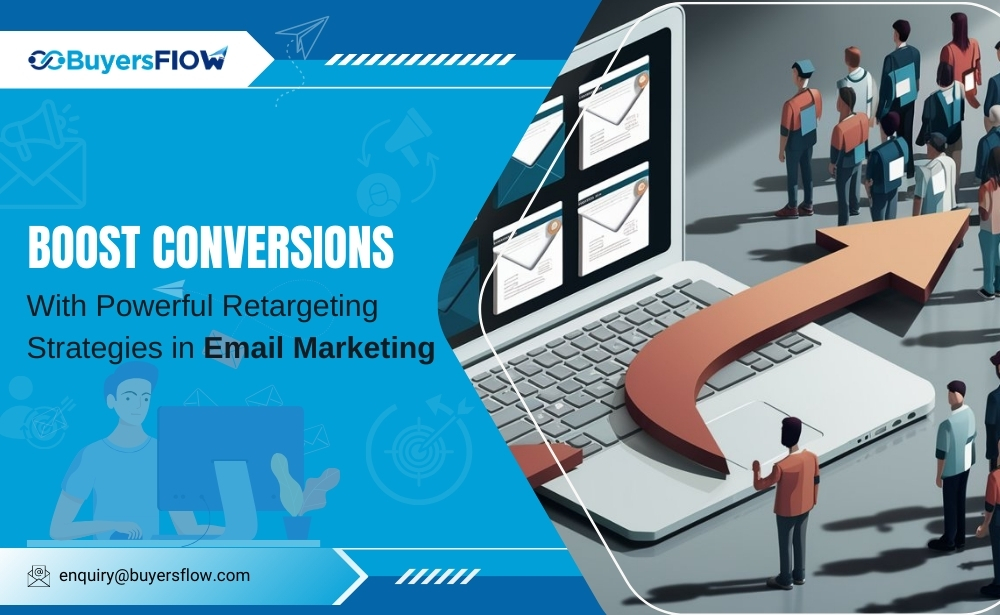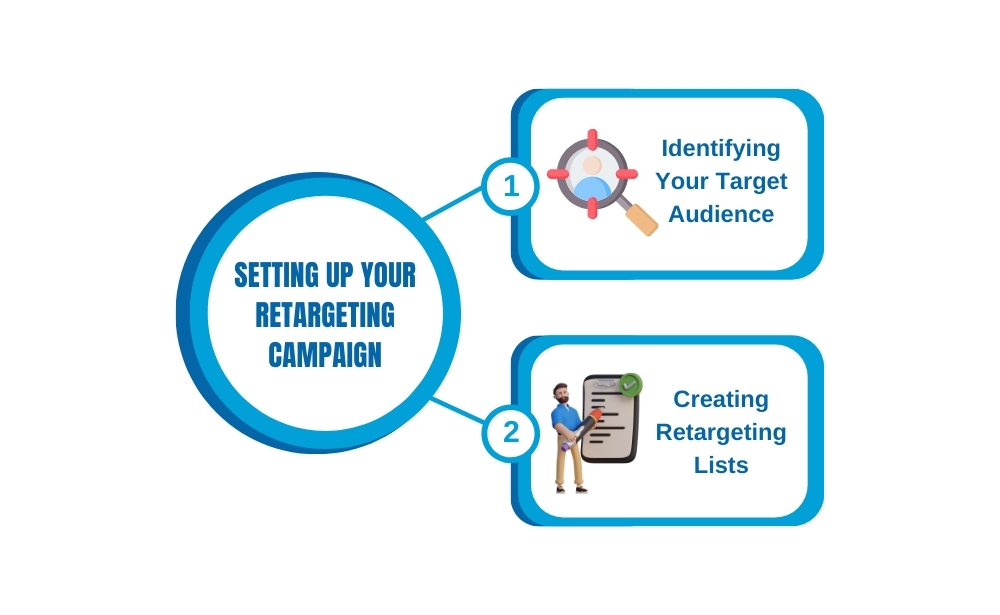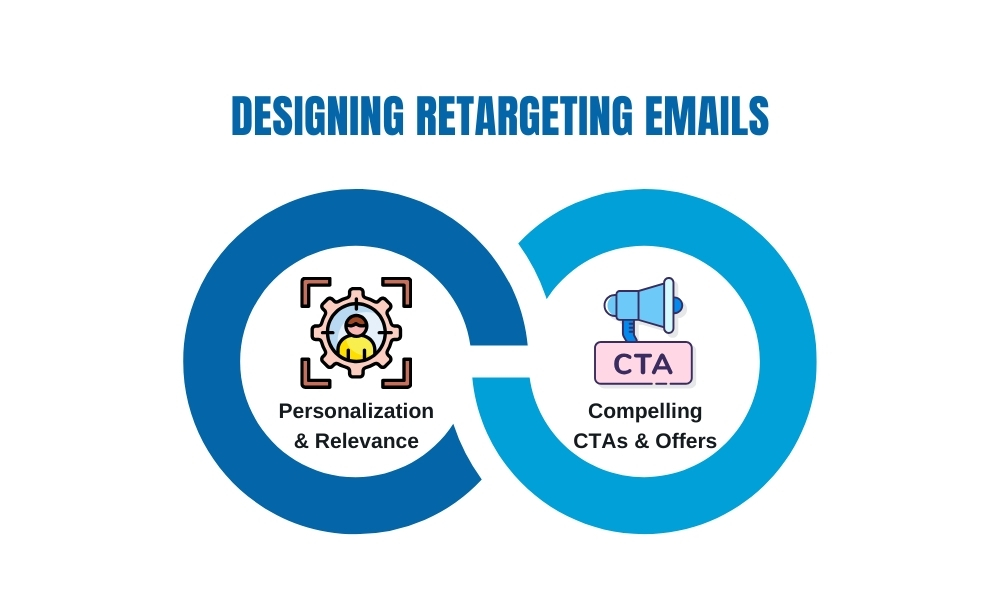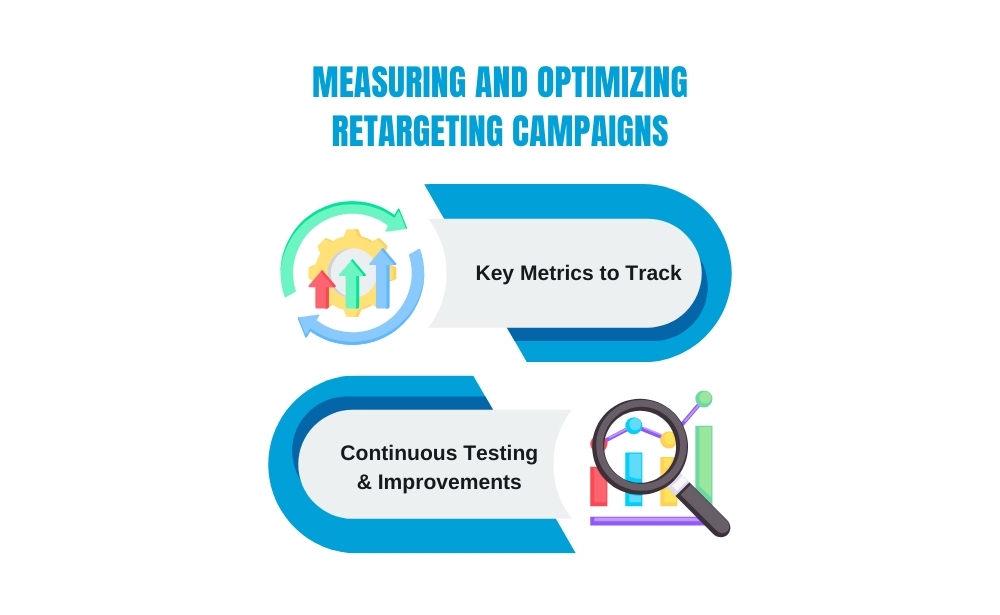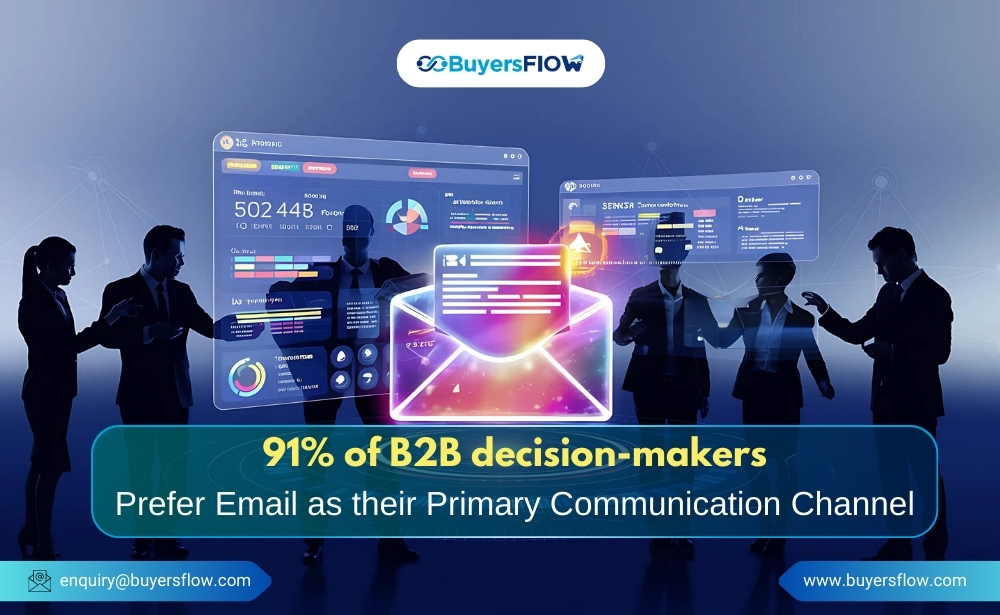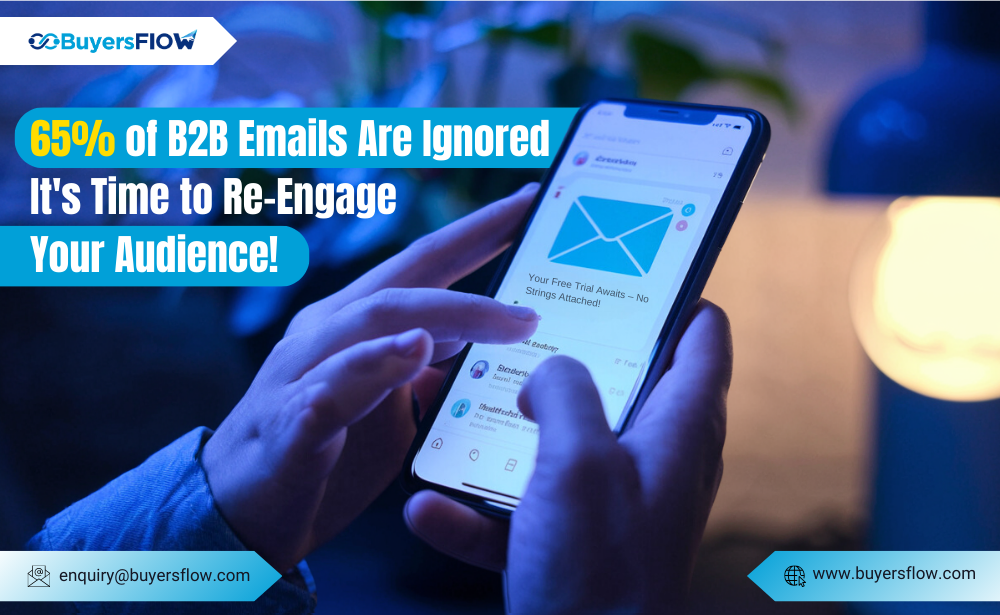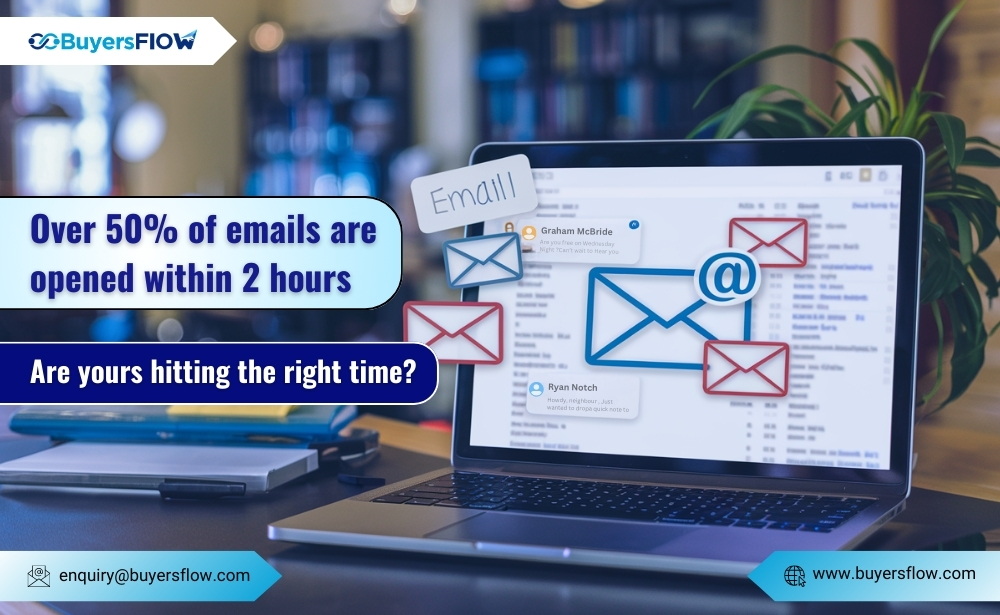Email marketing has long been a cornerstone of digital marketing strategies. It allows businesses to connect directly with their audience, providing personalized and timely communication. However, not every email yields immediate results. This is where retargeting strategies come into play, offering a way to re-engage and convert those who showed interest but didn’t take action. In this blog, we’ll explore how to set up effective retargeting campaigns and maximize their impact.
What is Retargeting in Email Marketing?
Retargeting in email marketing involves sending follow-up emails to individuals who have interacted with your brand but haven’t completed a desired action, such as making a purchase or signing up for a newsletter. By doing so, you remind them of their initial interest and encourage them to take the next step. The benefits of retargeting are substantial, including increased conversion rates, improved customer retention, and a higher return on investment (ROI).
Setting Up Your Retargeting Campaign
Identifying Your Target Audience
The first step in setting up a retargeting campaign is identifying your target audience. This involves analyzing your website traffic, email list, and social media followers to determine who has shown interest in your products or services. Tools like Google Analytics and Facebook Insights can provide valuable data on user behavior and demographics.
Creating Retargeting Lists
Once you have identified your audience, the next step is to create retargeting lists. These lists should segment users based on their actions, such as those who abandoned their shopping cart, visited specific product pages, or engaged with your email campaigns but didn’t convert. Segmenting your audience allows for more personalized and relevant messaging.
Designing Retargeting Emails
Personalization and Relevance
Personalization is key to effective retargeting. Tailor your emails to address the specific interests and behaviors of your audience segments. Use dynamic content to insert personalized elements like the recipient’s name, the products they viewed, or their previous interactions with your brand. This approach makes your emails feel more relevant and engaging.
Compelling CTAs and Offers
Your retargeting emails should include compelling calls-to-action (CTAs) and enticing offers to encourage recipients to take the desired action. Whether it’s a discount, free shipping, or exclusive access to new products, ensure your offers are attractive and time-sensitive to create a sense of urgency. Additionally, A/B testing different CTAs and offers can help you determine what resonates best with your audience.
Measuring and Optimizing Retargeting Campaigns
Key Metrics to Track
To gauge the success of your retargeting campaigns, it’s essential to track key metrics such as open rates, click-through rates, conversion rates, and ROI. Monitoring these metrics will provide insights into what’s working and what needs improvement. Tools like BuyersFlow, Mailchimp, and HubSpot can help you track and analyze these metrics effectively.
Continuous Testing and Improvements
Continuous testing and optimization are crucial for maintaining the effectiveness of your retargeting campaigns. Experiment with different email designs, and subject lines, and send times to see what yields the best results. Regularly review your campaign performance and make data-driven adjustments to improve engagement and conversions.
Conclusion
Implementing retargeting strategies in email marketing can significantly enhance your campaign’s effectiveness. By identifying your target audience, creating personalized and relevant emails, and continuously measuring and optimizing your efforts, you can increase conversions and drive better results for your business. At BuyersFlow, we understand the power of retargeting and offer tools and support to help you succeed. Start integrating retargeting into your email marketing strategy today and watch your ROI soar.
